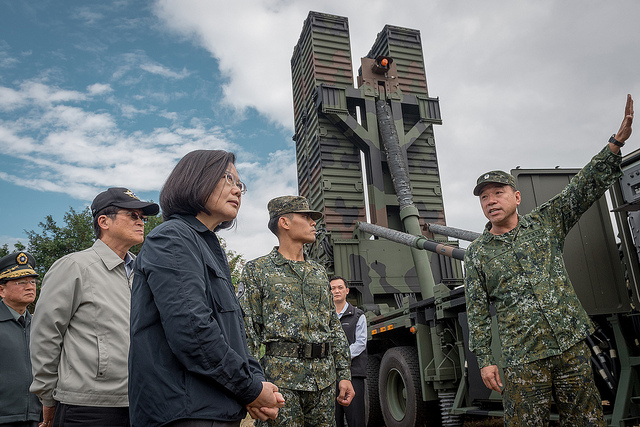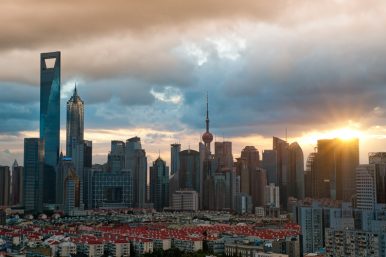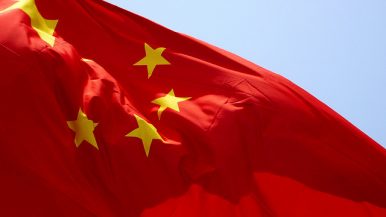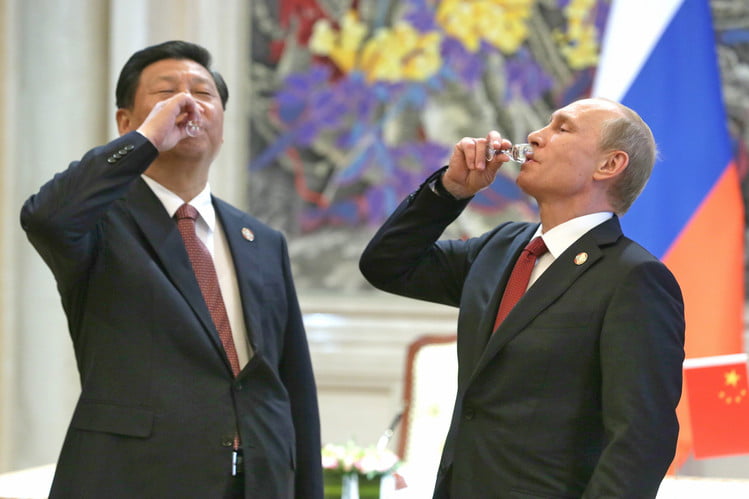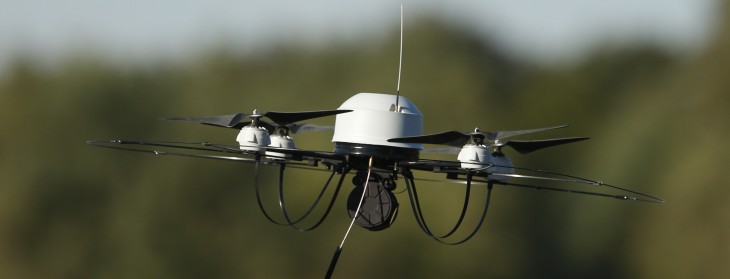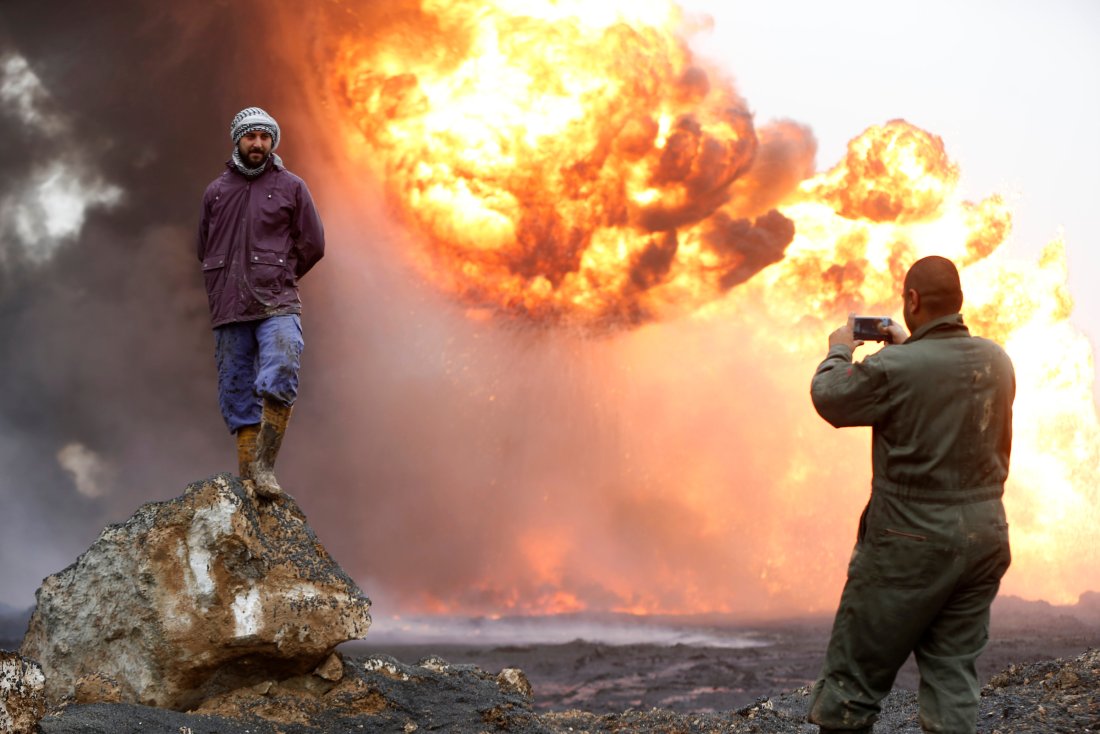In 2016, I wrote about why data science is a huge opportunity for India and how India can aspire to be a leader in data science services. That led me to start ml-india.org – a platform to get India’s machine learning community under one roof to connect and multiply their success. Today, we have enabled 27 machine learning meetups, featured 55 companies, 11 research groups, 146 machine learning professionals and we run a mailing list of 1806 people.
ml-india.org helped us learn that India needs to do a lot more – we rank quite low on our number of papers in top AI conferences. In fact, the whole of India publishes a lesser number of papers than a single Chinese university. None of our companies engage in cutting-edge machine learning that can have a global impact. There are just a few bright spots. We need to change our approach dramatically if we wish to have a real impact of artificial intelligence on our society and economy. Recently, I wrote a white paper on how this could be achieved with an annual outlay of $100M. The white paper is based on the principles laid out in my recent book, “Leading Science and Technology: India Next?”, that has many data-based insights into the research ecosystem.



